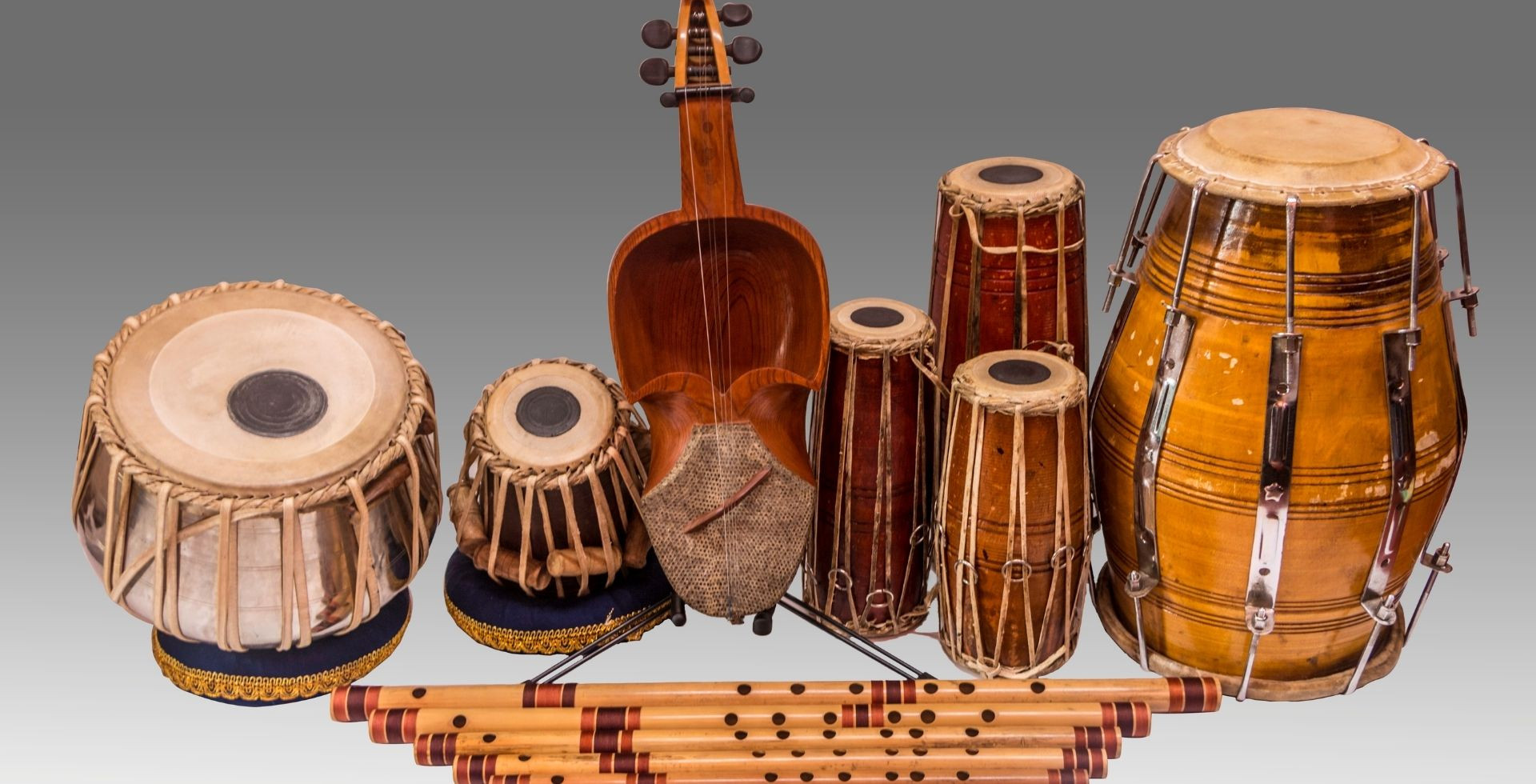
Musical Instruments
Nepali music encompasses a wide array of traditional instruments that have been integral to its rich musical heritage. Some of the prominent instruments include:
- Madal: A double-headed drum, the madal, is one of the most iconic instruments in Nepali music. It is used in a variety of genres and cultural performances. Its rhythmic beats serve as the foundation for many traditional Nepali songs.
- Sarangi: A bowed string instrument, the sarangi, produces hauntingly beautiful melodies. Its resonant sound is often featured in classical and folk music, captivating listeners with its emotive tones.
- Bansuri: A bamboo flute, the bansuri, is a versatile instrument used in both classical and folk Nepali music. Its mellifluous notes add a serene quality to compositions.
- Damphu: A small, traditional drum played with a stick, the damphu, is commonly used in Nepali folk music, particularly in the Himalayan regions. It adds a rhythmic element to celebratory and cultural performances.
- Panche Baja: Literally translating to “five musical instruments,” panche baja is a set of traditional instruments comprising the dhol (drum), tyamko (small kettle drum), damaha (large bass drum), karnal (long trumpet), and flute. This ensemble is an integral part of celebratory occasions like weddings and festivals.
- Dhime: A large drum made from wood and animal skin, the dhime, is central to Newari cultural music and dances. Its deep tones and rhythmic beats are a highlight of Newari traditional performances.
- Tungna: A fretless string instrument, the tungna, is popular among the Gurung community. It has a unique sound and is often used in traditional Gurung folk music.